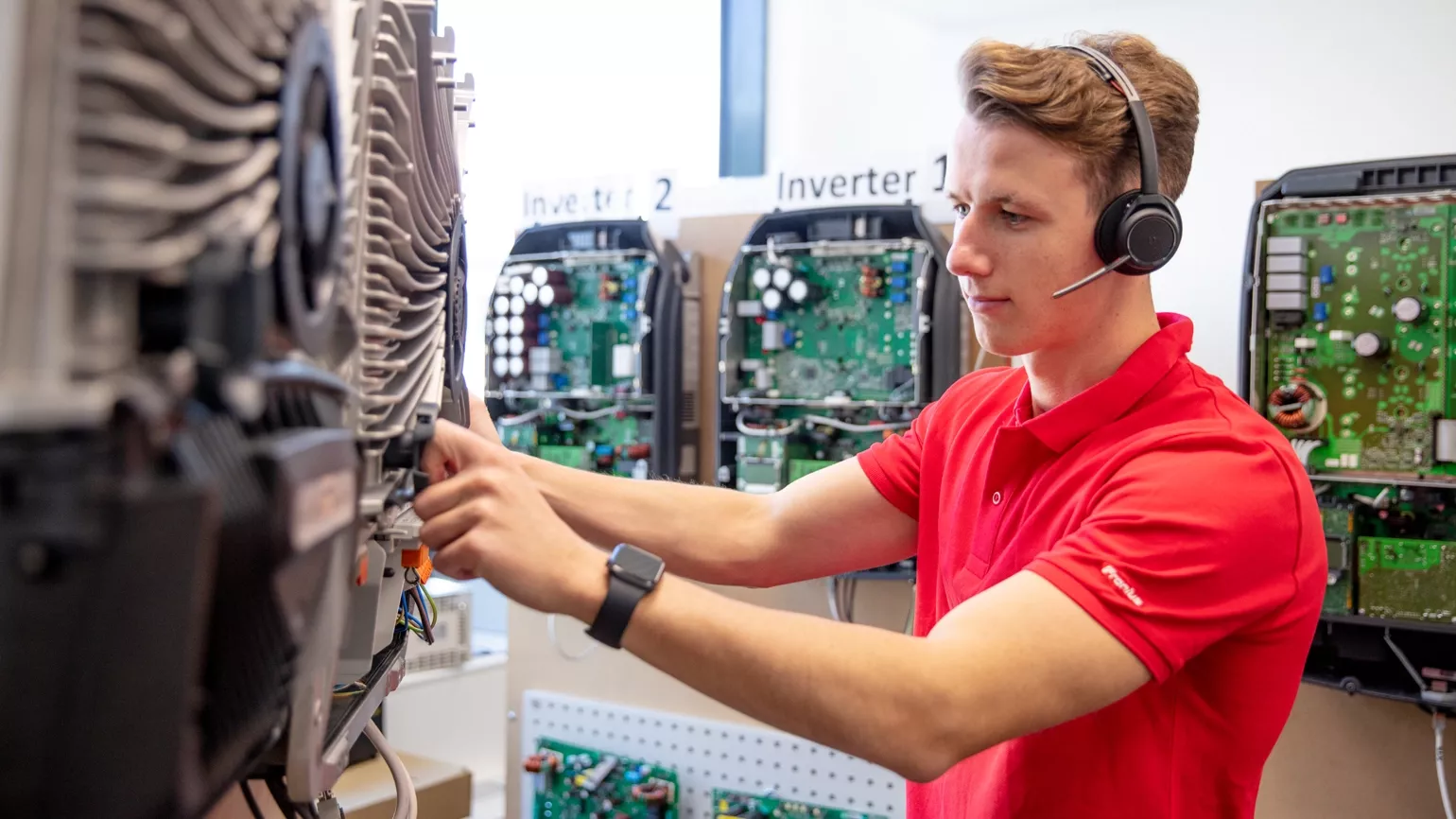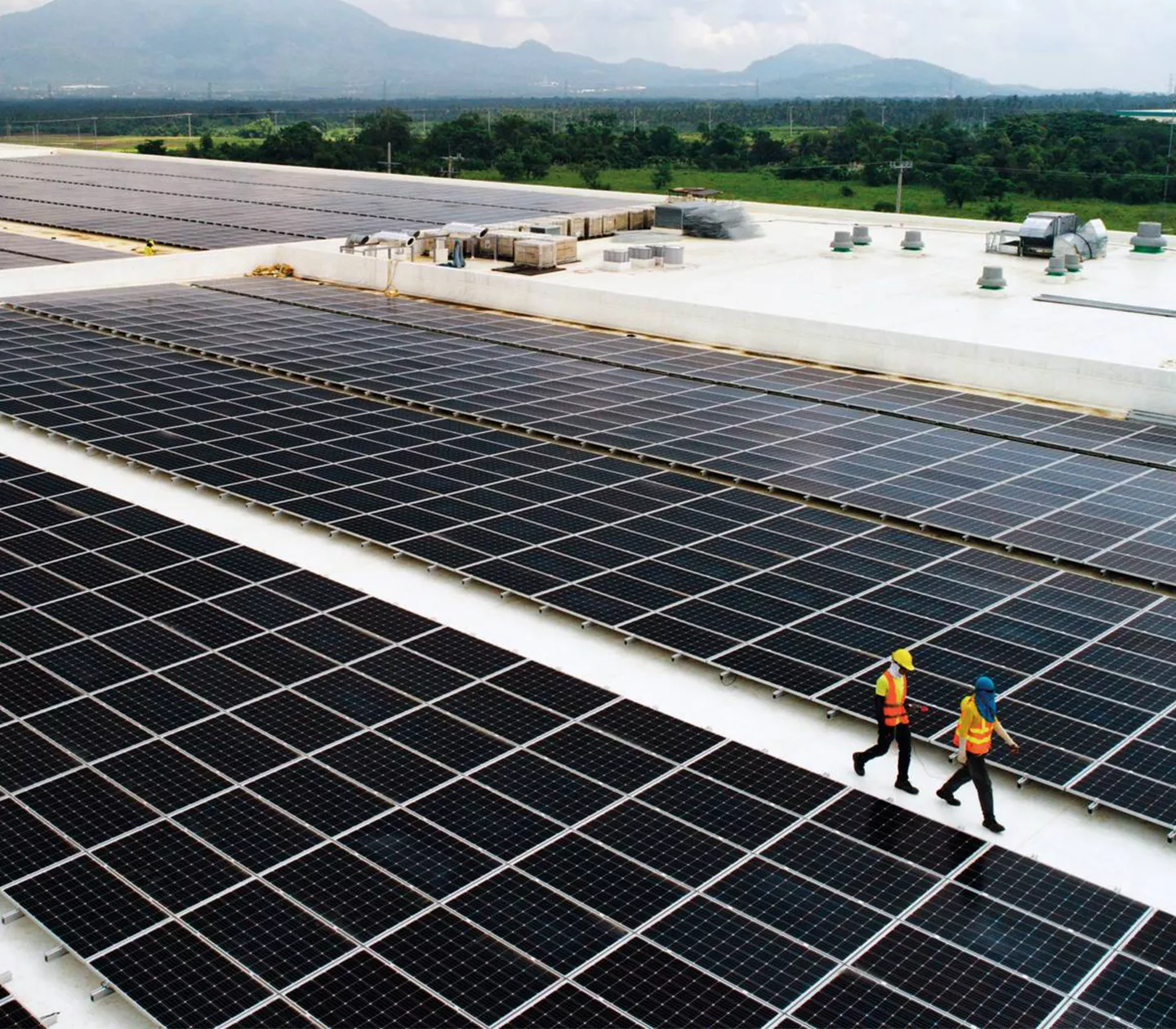Tech Support Resources
Sometimes you just need insight from the experts, that is where we come in. The Fronius USA Tech Support team is stationed locally in Portage, Indiana ready to assist you and your PV needs!
Our normal business hours are 8am - 7pm CST Monday - Friday.
Now with new lines for homeowners, on-site and off-site installer support, we are here to support solar in the USA.
The downloads, documents and videos on this page have been selected by the technical experts to support you. For further support call our team today at (219) 734-5500 or email us at pv-support-usa@fronius.com.
Further helpful links:
Technical bulletins
Downloads
Support resources
Downloads
Software updates & downloads
Downloads
Frequently Asked Questions
The Fronius Datamanager interface can be
accessed by typing “http://datamanager” in your browser search bar, or via IP
address 169.254.0.180 for the LAN interface, via IP address 192.168.250.181 for
the WLAN Access Point. This is accomplished only when a computer or smart
device is connected directly to the access point of the inverter..
The Datalogger ID is a number that always begins
with “240.”. It is important to note
that your datalogger ID may be missing a digit if the ID was read from the
inverters display directly. Datalogger IDs can be 7 digits long and should be
read from the Datamanager interface screen or from the list of available
networks on your smart device once the access point is activated. Make sure
this ID matches the ID your Solar.web page.
The most common solutions to this are to
firstly restart the inverter via AC and DC reset. Check to make sure there is a
Datamanager card installed and check that the Solar.net ring is complete. If
the ring is not complete, a red LED representing the “X” symbol will show on
the card and the access point will be unavailable.
Regarding DC:AC ratio, each inverter can be
oversized by 50% except for the Fronius Symo 208 15.0kW inverter which can be
oversized by 40%. Care should be taken with respect to the maximum open circuit
voltage of the inverter, as well as the maximum short circuit current. System
design exceeding these limits is against the terms of warranty.
Dynamic IP addresses can change each time
the Datamanager connects to the internet. This is a common practice in
networking and is used when the IP address of the inverter is not needed to be
known. Most consumers and residences use dynamic IP addresses for their
networking needs. Static IP addresses are necessary under circumstances where
customers have large networks and individual IP addresses need to be known for
proper networking.
It can sometimes be necessary to port
forward 49049 UDP to bypass firewall issues with the gateway or Internet
Service Provider. This port is essential to outbound information to the
Solar.web servers and must have a viable connection to outbound data.
Each LED corresponds to a specific symbol
and state of the Datamanager card. The Check symbol represents power is being
supplied to the card. The Antenna symbol indicates that the Datamanager card is
connected wirelessly to a router. The Globe symbol represents the link between
the Datamanager card and the Internet. Lastly, the “X” symbol indicates a
viable connection in the Solar.Net ring. A red LED indicates the absence of its
respective symbol.
Installers are responsible for the research and
implementation of their Rapid Shutdown equipment. Our Fronius Primo line can be
paired with IMO FireRaptor PV isolating equipment. APsmart rapid shutdown is
commonly paired with the Fronius Symo Advanced inverter which features the
power line communicator.
The Fronius Solar.creator tool is versatile and allows you to size a system appropriately with in-depth
parameters. Watch the linked video for a quick overview or watch a training
on-demand here.
The state code 240 indicates an active arc
on the PV array that was detected by our Arc Fault Circuit Interruption
Algorithm. This arc can be found in any connection point of DC lines coming
from the modules. It is important to examine every connection point for an
excellent bond and check all torques on electrical lugs. The addition of 3rd party devices to the PV
array adds more connection points that have the potential to arc.



